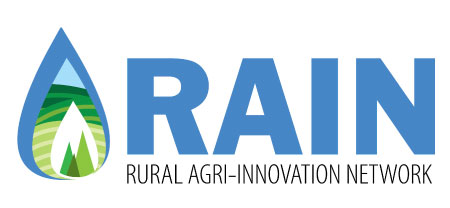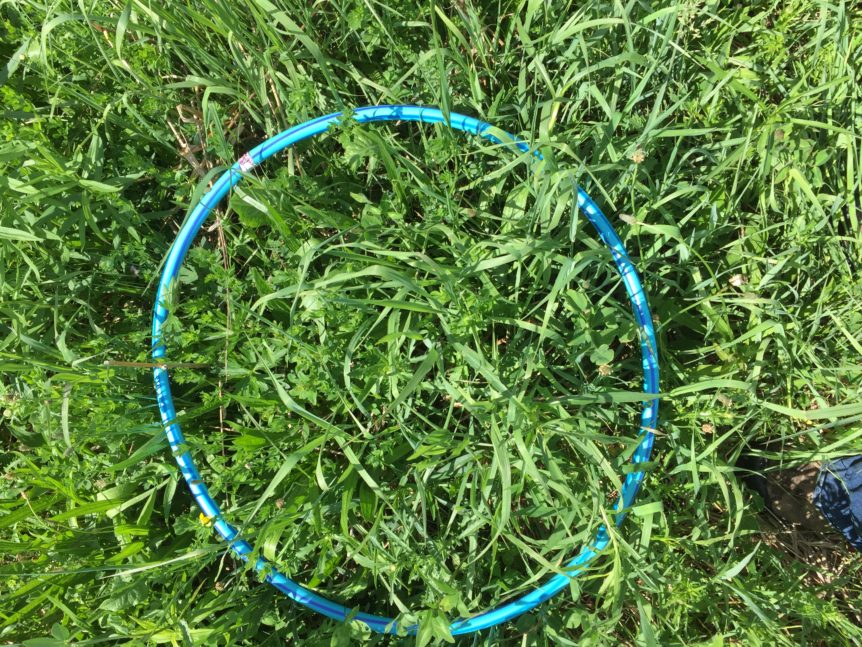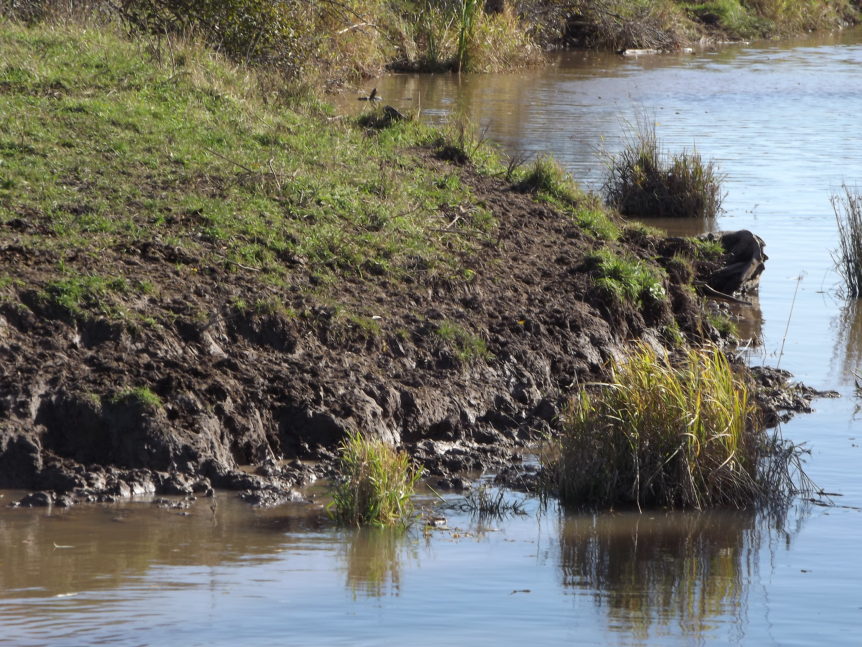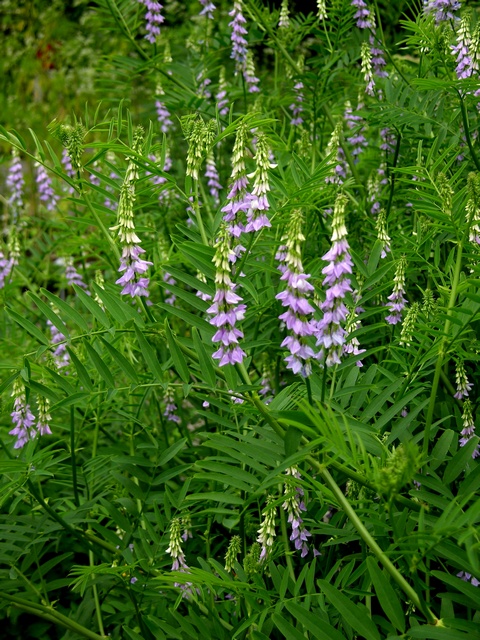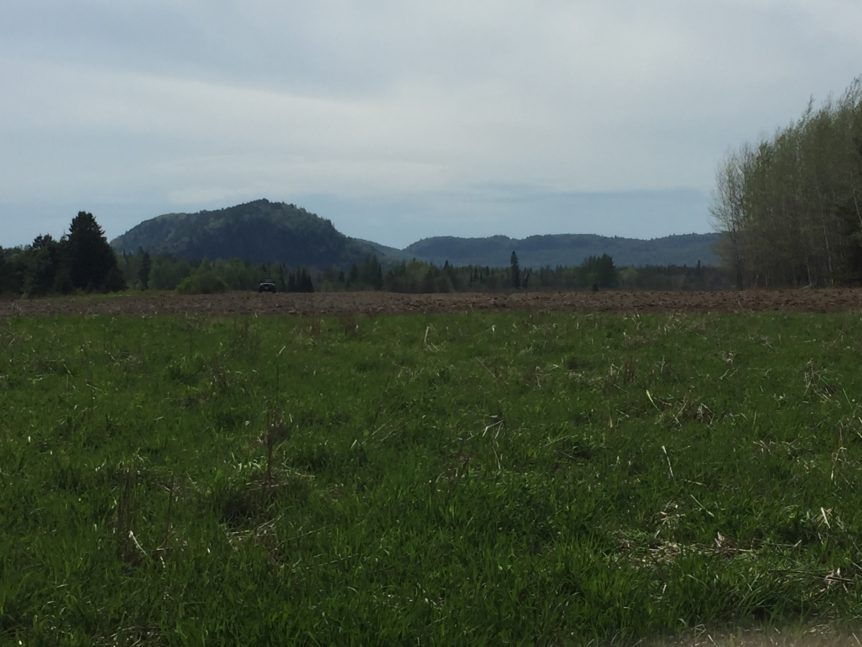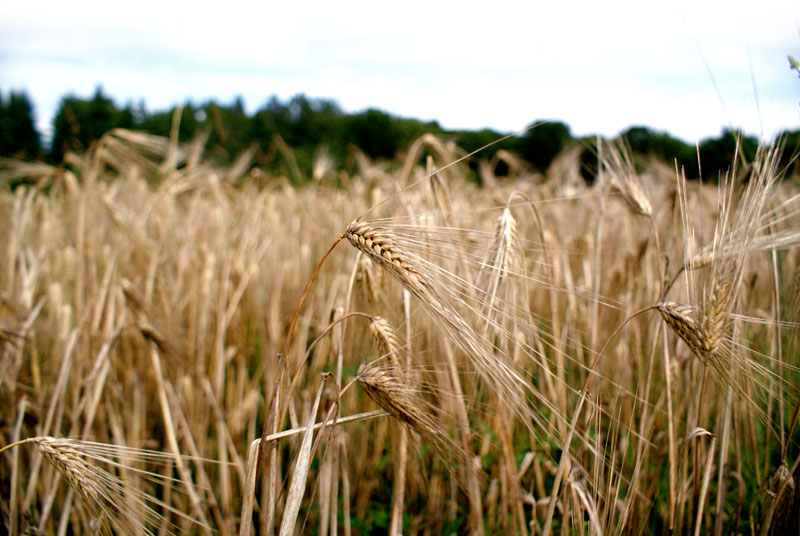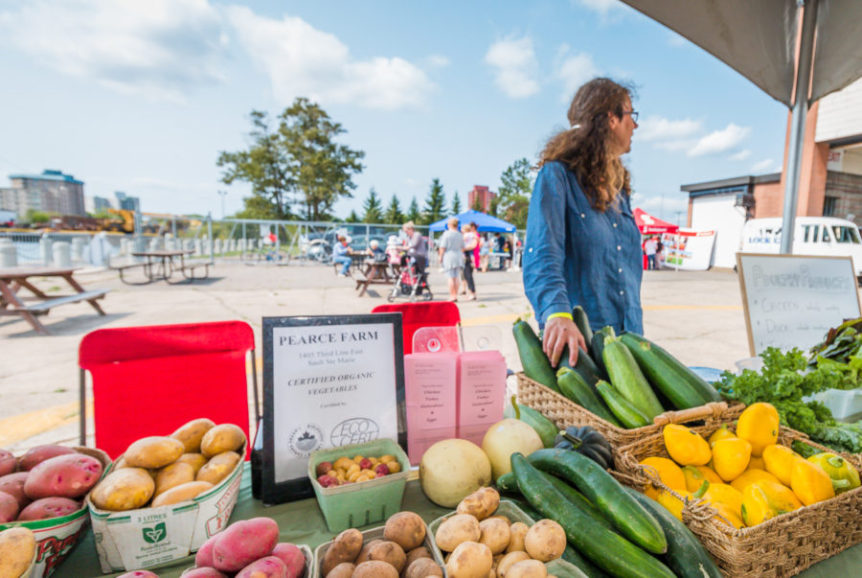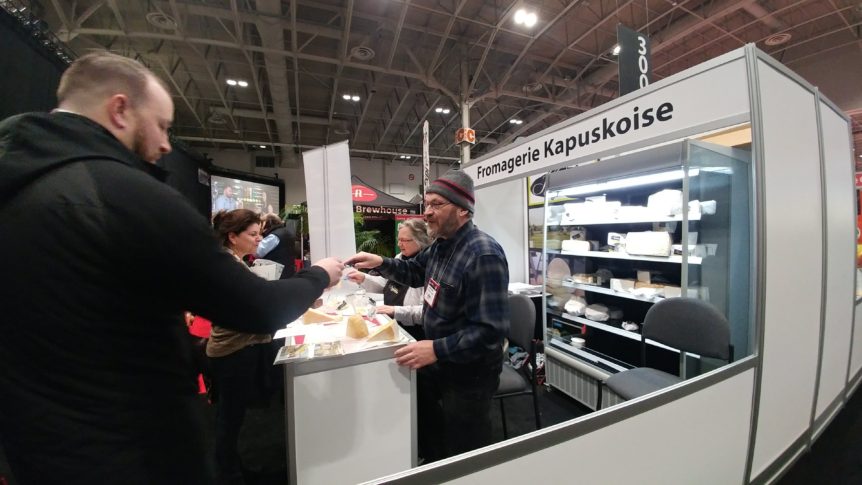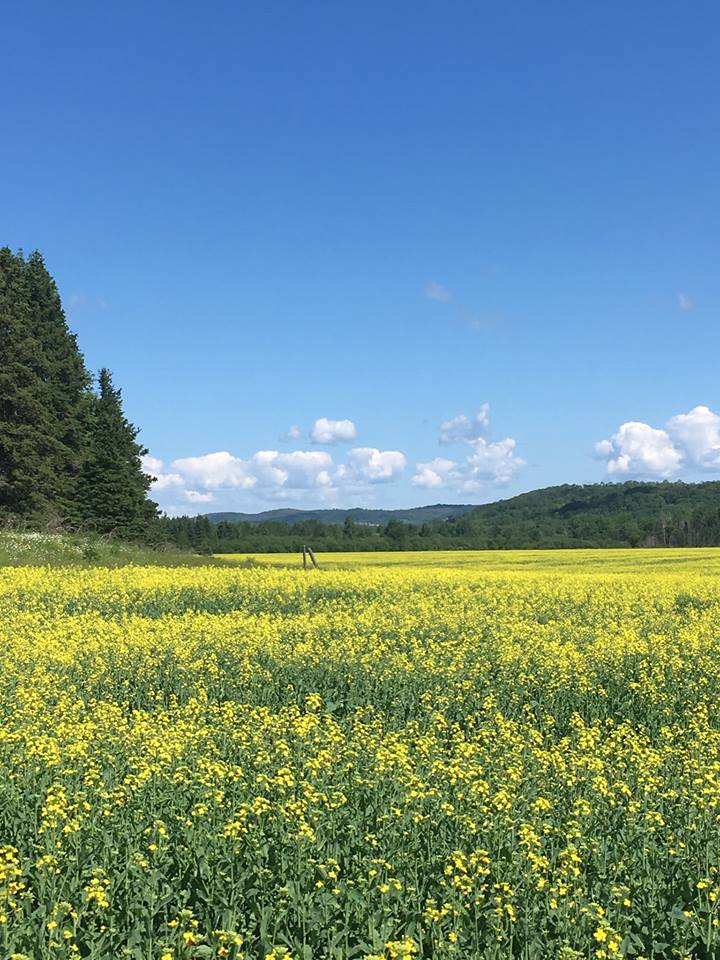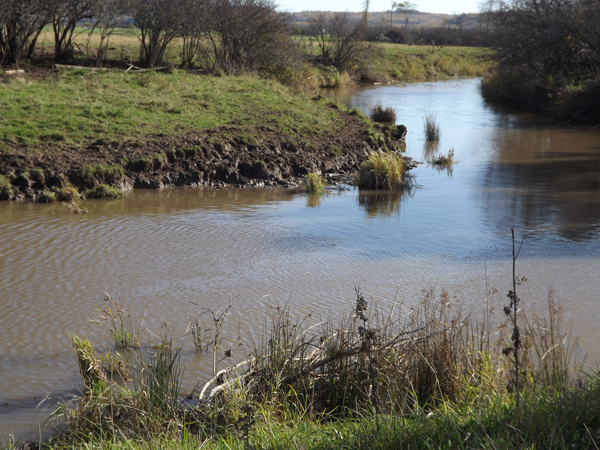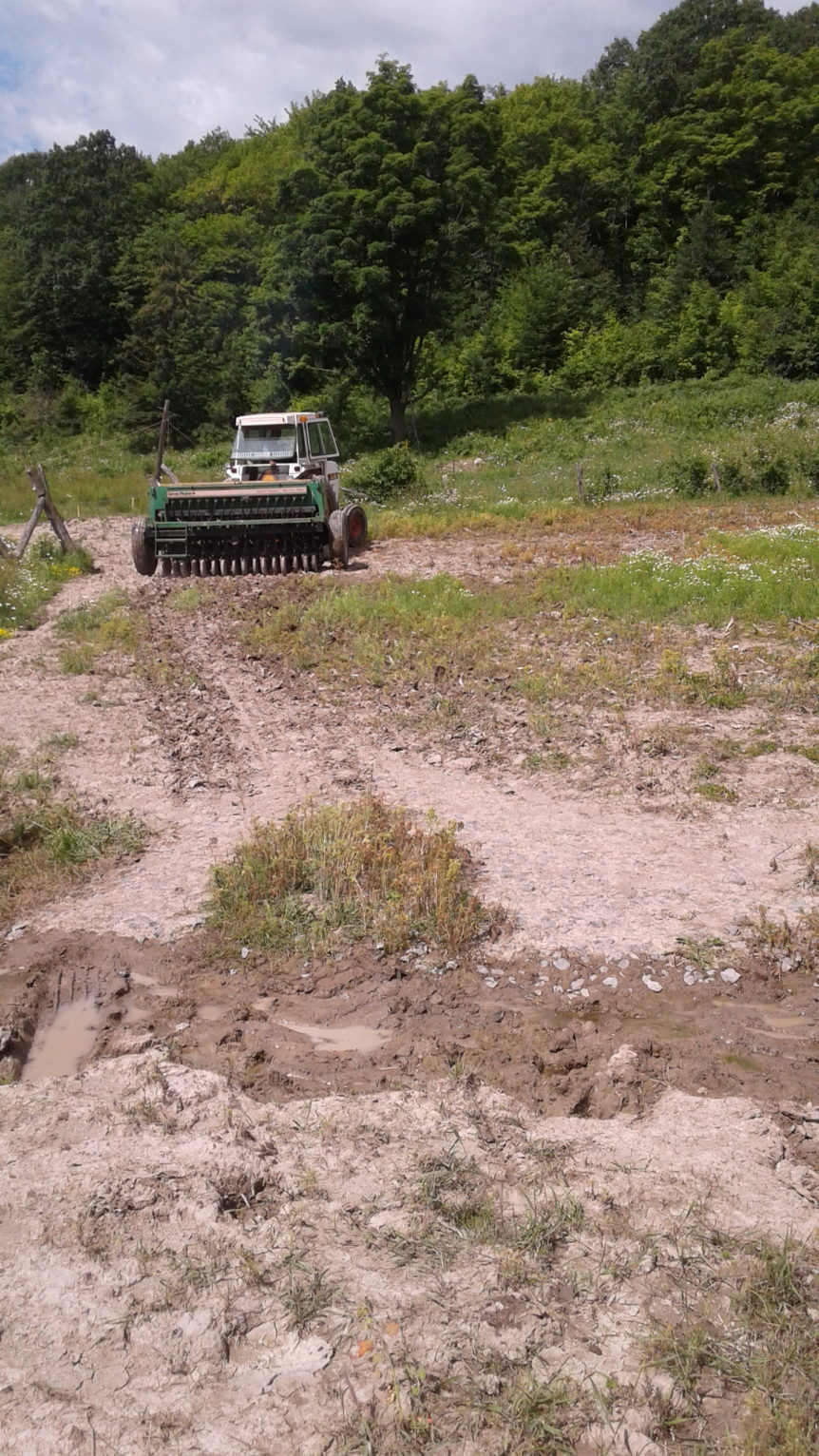In 2017 a new technique to Northern Ontario was demonstrated called cross-seeding (or cross drilling) in Algoma, Thunder Bay and Emo. Cross-seeding is a technique for establishing a crop where half the seed is planted in a conventional drive pattern using a seed drill. The other half of the seed is drilled at a 45 degree angle to the original …
Introducing RAIN’s- Riparian Zone Restoration Demonstration
A riparian zone is an area next to rivers, streams, lakes, and wetlands which is usually made up of water plants and saturated soils, along with ecosystems associated with these areas. Riparian zones serve the very important role of preventing soil erosion, which improves water quality, benefits fish health, and maintains a sustainable shoreline. Without an established Riparian zone consisting …
Introducing RAIN’s- Galega Trial
Galega (Galega orientalis) is a relatively new, perennial forage which has origins between Europe and Asia and is currently imported into Canada from Scandinavia. The legume has the potential to rival the alfalfa currently being grown in Ontario as a forage crop in both yield and protein content. Its earlier growing time in the spring allows for Galega to better …
Introducing RAIN’s- Alternative Legumes Project
Alfalfa is commonly grown as a forage crop in Ontario, but due to its sensitivity to wet and cold conditions it may not be the most suited to our Northern Ontario climate. By evaluating how alternative perennial legumes perform in Northern Ontario in comparison to alfalfa we can find the forage that best suits the needs of our local farmers, …
Introducing RAIN’s- Malting Barley Variety Trial
In recent years there has been a large increase in the number of craft breweries in Ontario, and as such the demand for malting barley in the country has increased. Currently the majority of the malted barley used in Ontario is being produced in Western Canada but recently the Canadian Malting Company has been taking interest in Northern Ontario’s grain …
Fair Finance Transforms Local Food in Ontario
Small flock chicken coop? Incubator farm? Local pizza and brewery? Community cannery? Co-operative abattoir? All the dreams of new local food and farm social enterprises just got closer to reality. The Local Food and Farm Co-ops (LFFC) is proud to announce a new initiative, the Fair Finance Fund for the local food and farm sector, and to work with the …
Taste Northern Ontario Case Study
A Case Study of Taste Northern Ontario, a delegation of eight businesses that attended the Restaurants Canada Show 2018 In 2017-18, the Rural Agri-Innovation Network (RAIN), a division of SSM Innovation Centre, and Northern Ontario Farm Innovation Alliance (NOFIA) formed a partnership to organize a delegation of northern Ontario businesses to attend the Restaurants Canada Trade Show 2018. The purpose …
Sulphur Fertilization- Canola
Since the 1850s, air pollution provided enough sulphur for crop production in Ontario, except in the northwest. Since the world has been decreasing industrial pollution, some plants may need sulphur as a fertilizer. Ontario does not have a recommendation for sulphur application. Since brassicas are a group of non-leguminous crop that have a high sulphur demand and grow well in …
Come plant trees to restore the Bar River
Volunteers wanted to help plant trees for river bank restoration The Rural-Agri Innovation Network (RAIN) is looking for twenty volunteers to help a Laird Township producer plant trees in efforts to restore a shoreline along Bar River. The “Riparian Awareness and Action with Algoma Producers and Communities” is funded by the Ministry of the Environment and Climate Change. This project …
Sulphur Rates on Forage Brassica Mix
Since the 1850s, air pollution provided enough sulphur for crop production in Ontario, except in the northwest. As the world has been decreasing industrial pollution, some plants may need sulphur as a fertilizer. Ontario does not have a recommendation for sulphur application. Since brassicas are a group of non-leguminous crops that have a high sulphur demand and grow well …
